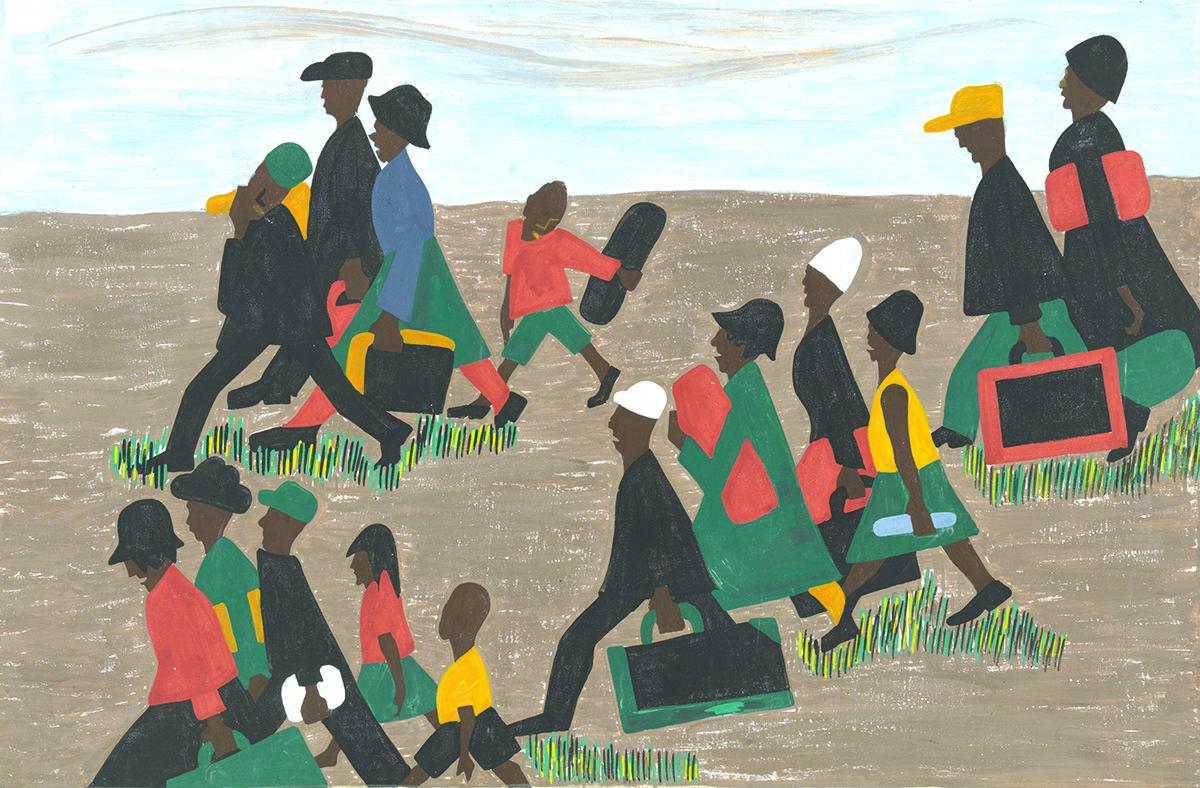The win of Donald Trump in the 2016 presidential election surprised many United States citizens. However, how surprised can one really be? President Donald Trump’s election was an almost direct parallel to the secession of the Confederacy. The bridge between the two is not racism, or even economics, but cultural anxiety–the worry or concern surrounding societal transitions.
Although traditionally understood as the primary cause of the Confederacy’s secession from the United States, the economics of slavery was not the primary driving force. This is exemplified through the border states’ rejection of Lincoln’s A Plea for Compensated Emancipation in 1962 in which Lincoln offered continuous financial compensation for the gradual emancipation of slaves. If finances were the Confederacy’s primary concern, the states would have willingly accepted Lincoln’s offer. Rather, the states committed to a war that contributed to the major loss of both people and money. In 2016, it was speculated that economic anxiety was the driving force behind Trump’s election. However, “financially troubled voters in the white working class were more likely to prefer Clinton over Trump,” (Green, 2017). Again, money was not of utmost importance. Instead, it was the preservation of particular way of life.
The southern plantation owner of the 1800s and the white working class of the 2000s have more in common than race. Each group had witnessed decades of events and ideologies that were perceived to threaten their way of life. The southern plantation owner, in particular, experienced the Compromise of 1820, the Kansas-Nebraska Act, the Dred Scott case, and John Brown’s attack on Harper’s Ferry in the span of forty years. Each of these events questioned and even attacked the continuation of slavery and the south’s entitlement to property, violating the southern states’ constitutional rights. In the Apostles of Disunion, the South’s aggravation and fear for their way of live as a slave society can be seen through the charged language: “the light of our civilization goes down in blood, our wives and our little ones will be driven from their homes by the light of our own dwellings….” This fear is apparent in the white working class as 68% felt the U.S. is in danger of losing it’s identity and needs to be protected from foreign influence (Green, 2017). Nearly half of the white working class agreed that “things have changed so much that I often feel like a stranger in my own country,” (Green, 2017). These claims are reminiscent of the Confederacy’s own fear for their way of life.
The one thing, however, that is unknown are the specific events and ideologies that led to the white working class’ feeling of isolation. Currently, these events can only speculated. Such would be the increased immigration in the past 10 years as well as the increase in diversity in multiple social spaces. In addition to the increase in diversity, the onset of social media has contributed to the public advocacy for Black, LatinX, Native American, and LGBTQ+ rights, decreasing the apparent media attention on the white middle class. Although these events are not necessarily deserving of a secession, they can be seen as a contribution to white American fear.
Works Cited:
Green, Emma. “It Was Cultural Anxiety That Drove White, Working-Class Voters to Trump.” The Atlantic, Atlantic Media Company, 9 May 2017, www.theatlantic.com/politics/archive/2017/05/white-working-class- trump-cultural-anxiety/525771/.
